Continuing a series of publications on product management , today we will talk about a business plan and business model.
Business planning is often viewed as a job for accountants and financiers, but in practice these tasks are directly related to the activities of the product manager and, of course, the founder of the startup. Why you can't do without it, what does the dot-com boom have to do with it and how you can draw up a simplified and easy-to-use business plan, read under the cut.
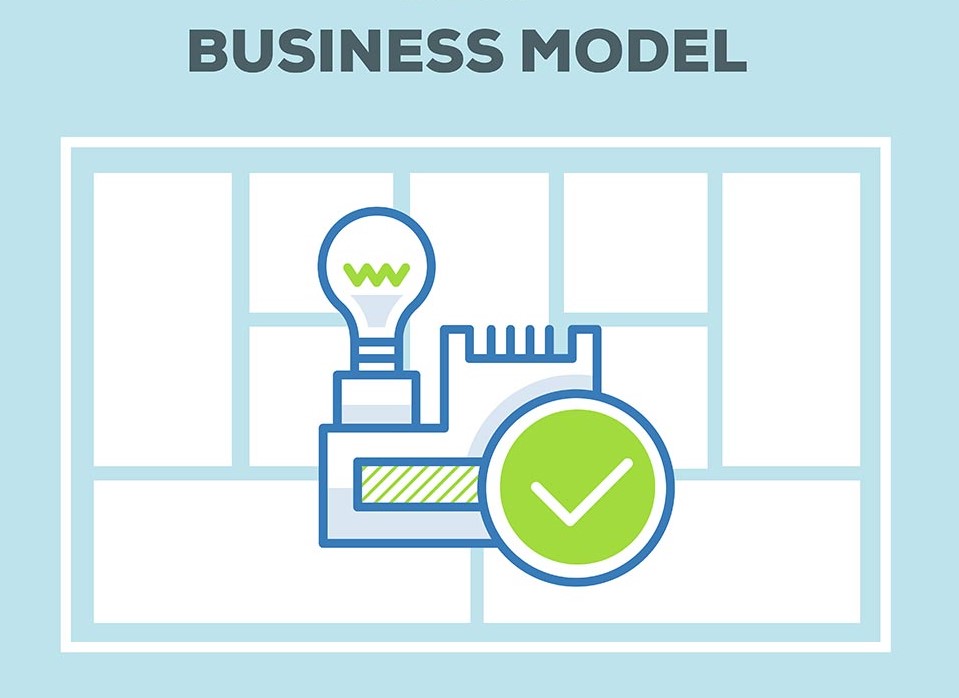
Course table of contents
1.
2.
3.
4.
5.
6.
7.
8. - - < —
9.
—
When it comes to business, it is very important to distinguish between reality and idea. Innovation makes you unique, but without an economic foundation, a company cannot count on prosperity. This is probably why 80% of products fail in the market. To prevent this from happening, you need to assess how viable the idea is and decide whether it is worth spending money and time, investing resources in its development. I do not want to say that you need to abandon your ideas, but by critically assessing the prospects, you can adjust the future product, make it more successful.
For better or worse, when it comes to software development, idea often prevails over money. People are just interested in doing something, and that's not bad. You can generally work on an open source product, for example, if you have another source of income. But when it comes to business, you need to evaluate all aspects of the project implementation, conduct P & L-analysis (Profits & Loss). Counting money is, of course, the business of accountants and financiers. But the analysis carried out also helps to understand how the product should be developed and in what form it will really be in demand on the market.
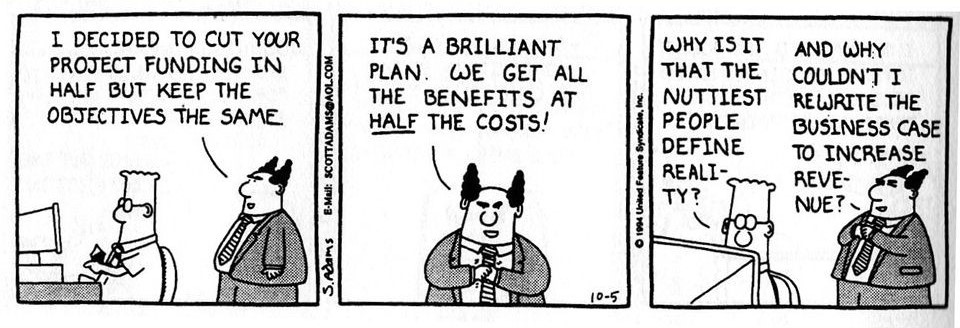
So is he needed? Or not?
“Why do we need a business plan?” - this question is asked by many startup founders. After all, at the first stage, it seems that everything is already transparent, and no one needs a formal document. This is also often done in large companies, making the decision "Let's just launch the product, see how it takes off."

In this situation, a business plan is often prepared for some external person, for example, for banks or investors. In other words, an unsubscribe document is created, which is done because someone requires it. It turns out to be a “chicken and egg” problem. A business plan looks stupid because no one needs it, and no one wants to make a business plan because for many it looks stupid.
But there is another big problem: who can be convinced by your business plan if it does not convince you? A viable business plan must prove that your time, your money, and your efforts are being spent effectively. And if you are not sure about your business plan, there are questions and doubts about it (for example, if economic parameters do not converge), it is worth taking a step back to clarify your ideas and plans. This is the only way to find the "path to the heart" of the investor, as well as to see in advance the pitfalls that you can run into in the process of implementing your idea.
What does a business plan consist of?
So, a business plan is still needed. But how do you compose it? The classic formula of a business plan contains the following elements:
Mission statement - Your vision of how your product can improve the world and change society.
Business description - Description of the business, disclosure of its essence. In this part, you explain why the product is the backbone of your business.
Business environment analysis - Analysis of what contributes or hinders the development of your product in the environment where you are going to sell it.
Industry background analysis - Analysis of the needs of the industry in which you position your product.
Product SWOT analysis - Strengths, weaknesses, real opportunities and threats for your product.
Market segments analysis - Market analysis and market segmentation that helps you find a niche that is perfect for your product. We talked about this here .
Competitor analysis - Analysis of the competitive environment, which we have already talked about here . And I also talked about this in a separate webinar ).
Financial plan - your financial expectations, which we will talk about in the next post.
Go-To-Market plan - Your go-to-market strategy. We will also touch on this topic in the course of the course.
Operations plan (actions list) - A specific list of actions that need to be performed in order for your product to gradually develop and evolve.
Roadmap, milestones and achievements - The roadmap we've already talked about . This part helps to shape the pace and stages of product development.

Boring? This is exactly what novice entrepreneurs or product managers think: “Rather than writing all this horror of tens of pages, we'd better develop it quickly, make a prototype, launch an MVP on the market and test everything in practice.”
I won't argue, this approach also has the right to exist But even in this case, it is better not to abandon the business plan altogether, but to make it a simplified version, which may look like this:
Business plan = Business model + Financial plan
The business model describes the sales process, it reveals what exactly the business earns on and how the sales process takes place. The source of income is often unclear. For example, Google offers a search service but makes money from advertising.
A financial plan allows you to bring together expenses and income to determine how much the business will spend and how much it needs to sell / earn to stay profitable.
Making a business plan out of these two points is simply an act of common sense. After all, if we do not have a business model, we do not understand at all why we are producing a product and who needs it. And the absence of a financial plan can lead to the fact that expenses will be much higher than income. And why do you need such a business?
"All that really matters is how you plan to make money." M. Lewis
Before drawing up your business plan, I advise you to read a wonderful book by Michael Lewis , who talks about the events of the late 90s and early 2000s. The dot-com boom, which burst like a bubble in 2001, was the result of ill-conceived business models, according to Lewis.
Many dot-com companies had cool ideas but didn't understand how they would make money. Yes, it was obvious that people needed new services, that the Internet was developing. Investors poured money into ideas, but it turned out that without a good business model, they would not pay off. Since then, the industry has developed a clear understanding of how you can make money on IT products :
software license- eternal ownership of the product;
physical goods - devices, storage media;
subscription to a service or software - constant income from connecting users;
embedded advertising - a way to monetize free use;
commission for partners for using the platform or application;
maintenance and support is a good way to get income with free software, since business users need support;
OEM licensing of a product or content for resale or use - Foxconn, for example, assembles iPhones, and many companies develop for well-known brands.
The list is neither complete nor exhaustive, but it does cover the vast majority of business approaches.

What are we going to produce?
One way to release a product is to create a box . You can release some kind of physical product, for example, such as Apple iPhone or Amazon Echo \ Yandex Station.

This approach has a big plus: sold and forgotten. There is no need to think about a specific consumer, to maintain relationships, because the income is received at the stage of transferring the goods.
But there is also a serious disadvantage - the need to evaluate unit economics, calculate the cost of each instance, control physical logistics, including returns and complaints. Therefore, startups do not create real boxes very often.
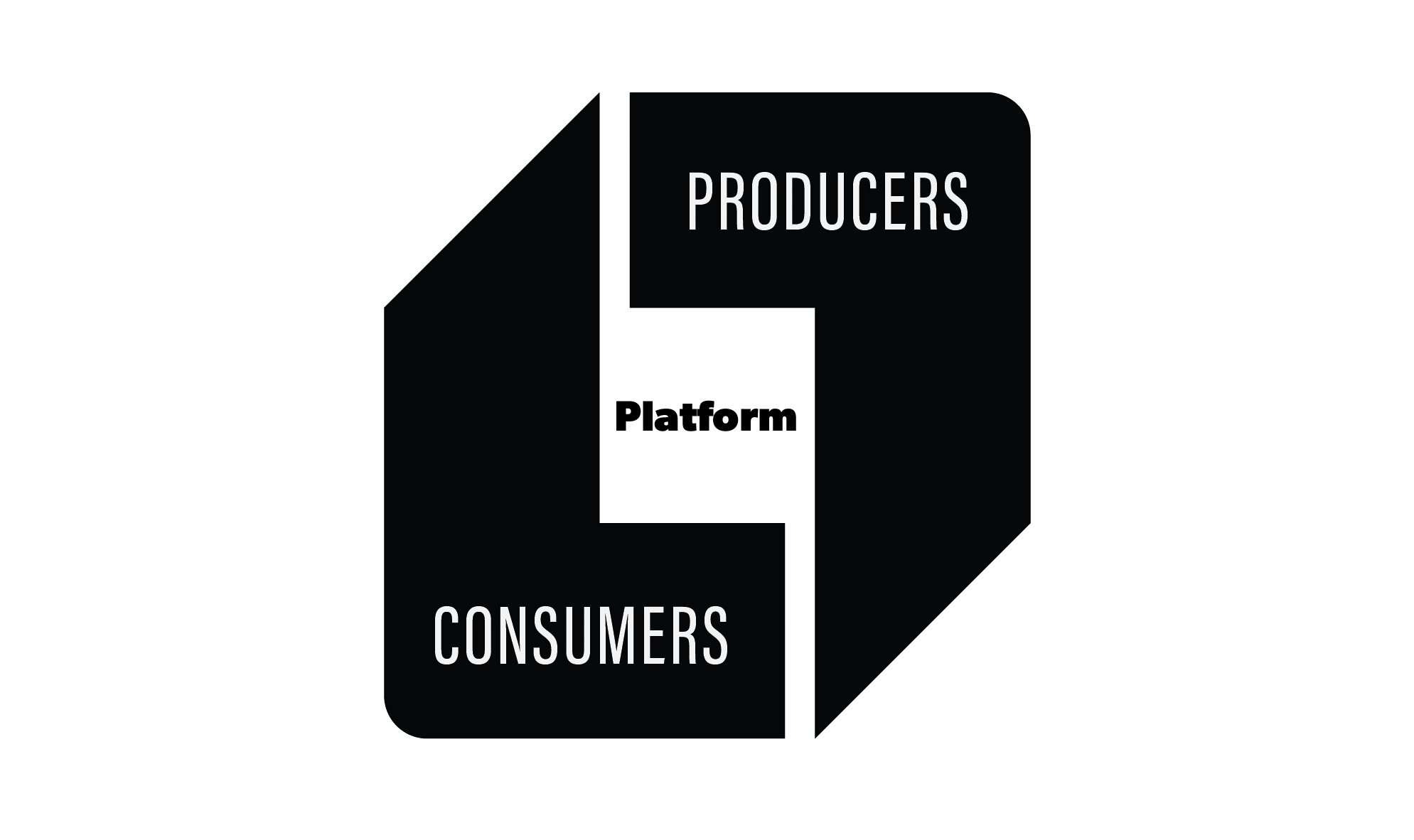
Meanwhile, platforms have become especially popular in recent years... You take over the development and integrations, as well as provide sales together with partners. After that, you divide the proceeds and do not think about how the partners' proposals are built. Online stores such as Amazon Marketplace, eBay or Alibaba, as well as Russian Wildberries or Ozon work on the principle of platforms. The Apple Store and Google Play app marketplaces use exactly the same business model. Other platforms are Uber and Yandex Taxi, food delivery services - Delivery Club or Yandex Eda, or even delivery aggregators CDEK, Boxberry, Postamat.
It is convenient to be a marketplace - third-party companies make money for you, but at the same time all integration costs and technical issues fall on your shoulders.
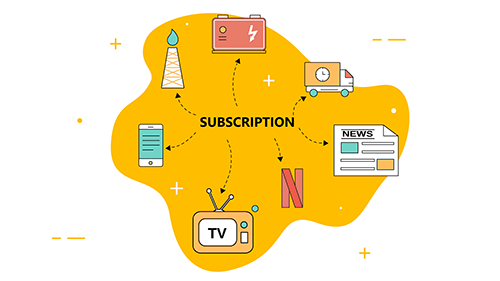
SubscriptionIs one of the most common business models of our time. In fact, you develop a service and receive recurring payments. Amazon Prime, Yandex Plus, Netflix, Apple One, Elementaree and many others work by subscription. If you are engaged in the development of the service, improve the characteristics of your product, the subscription gives a predictable and stable profit.
By the way, if you want to attract investments, this model is one of the most attractive for investors and gives a larger multiplier to market capitalization.

There is also a razor and blade model .
This sales method was invented in the early 20th century and offers to sell a basic product at a very low price ("razor") in order to capitalize on repeated payments for consumables at a high price ("blades"). In addition to the premium razors themselves (which are just sold according to this model), sales of capsule coffee makers work in a similar way, in which disposable portions pay off the sale of the coffee machines themselves at relatively low prices. In many countries, you can buy the most modern smartphone inexpensively, but by subscribing to an expensive tariff for a year or even more. Printer makers sell budget models, but they rack up money for cartridges, and the high cost of games for the Xbox and Sony Playstation speaks for itself, explaining the affordable console itself.
Finally, it may turn out that not the main users of your product are paying for your product at all. For example, Adobe Acrobat Reader was originally distributed free of charge, and therefore the PDF format has become quite widespread. But the license for Adobe Acrobat Pro cost $ 700. There are, of course, quite a few alternative PDF editors today, but when Adobe first started out, this business model worked very well.
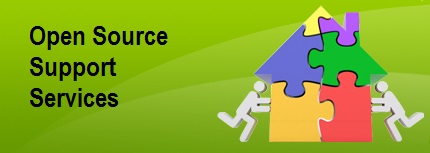
In the open source world , there are also frequent situations where large companies pay to develop a widely used product. These can be payments for support or custom product development. And sometimes paid versions of free solutions are created, but with regular updates, support and guaranteed quality - for example, Virtuozzo product and its free version OpenVZ.
Any product needs a business model

You need to think over your business model correctly, because otherwise you may face an audience reluctance to pay for your product. This does not mean at all that there is no market place for it. Just maybe you haven't prepared a business plan? By the way, we'll talk about the financial component of the plan and the pricing in the next post .
→ Video recording of all lectures of the course is available on YouTube
Lecture on business plan and pricing:
It is not clear how to make money on the product? Unit economics not converging? Write in a personal, we will discuss.